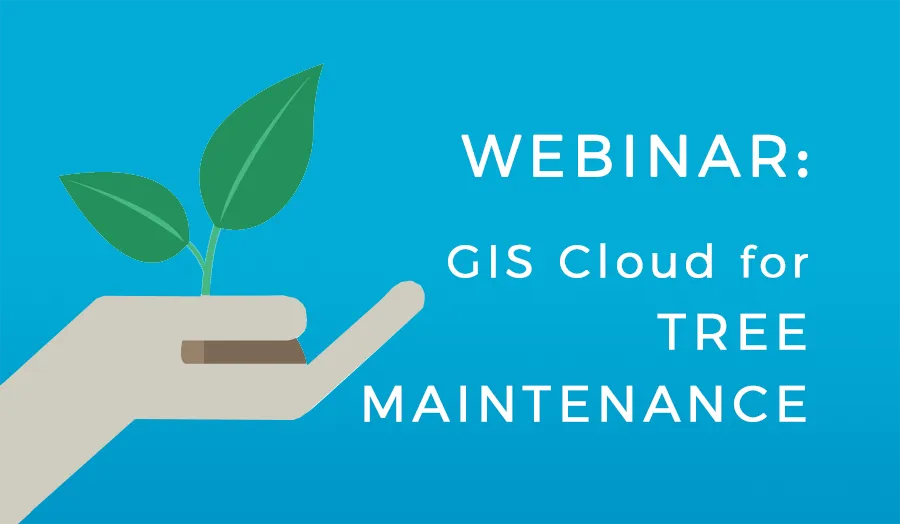
Tree Maintenance Made Easy with GIS Cloud
In the GIS Cloud for Tree Inventory and Inspection webinar, we discussed uses of GIS for arborists and forestry workers. The webinar included use cases, benefits as well as the live demo of GIS Cloud showing its value and role in the tree inventory process.
As the webinar attracted a lot of interest, we decided to offer one more session, extending the scope of the topic to the general Tree Maintenance process within GIS Cloud. Knowing that the tree maintenance process often involves revisiting the mapped areas, planning and team collaboration, our second webinar for Arborists and Forestry worker will focus on showing the additional steps and advanced solutions for Tree Management.
The central part of the webinar will include the live demo showcasing various GIS tools for Tree Maintenance followed by a discussion where you can ask questions and get answers during the session.
Webinar time and date:
Monday, April 24th at:
8 am PST 11 am EST 5 pm CET
Who Should Attend:
- Municipalities, Arborists, Forestry Workers, Contractors, University staff and students, those who work in Park management and others interested in improving their tree inventory and inspection process
- Those who want to learn how to create a project and collect data using GIS Cloud
- Businesses and Consultants who offer services for tree inventory, inspection, and management








